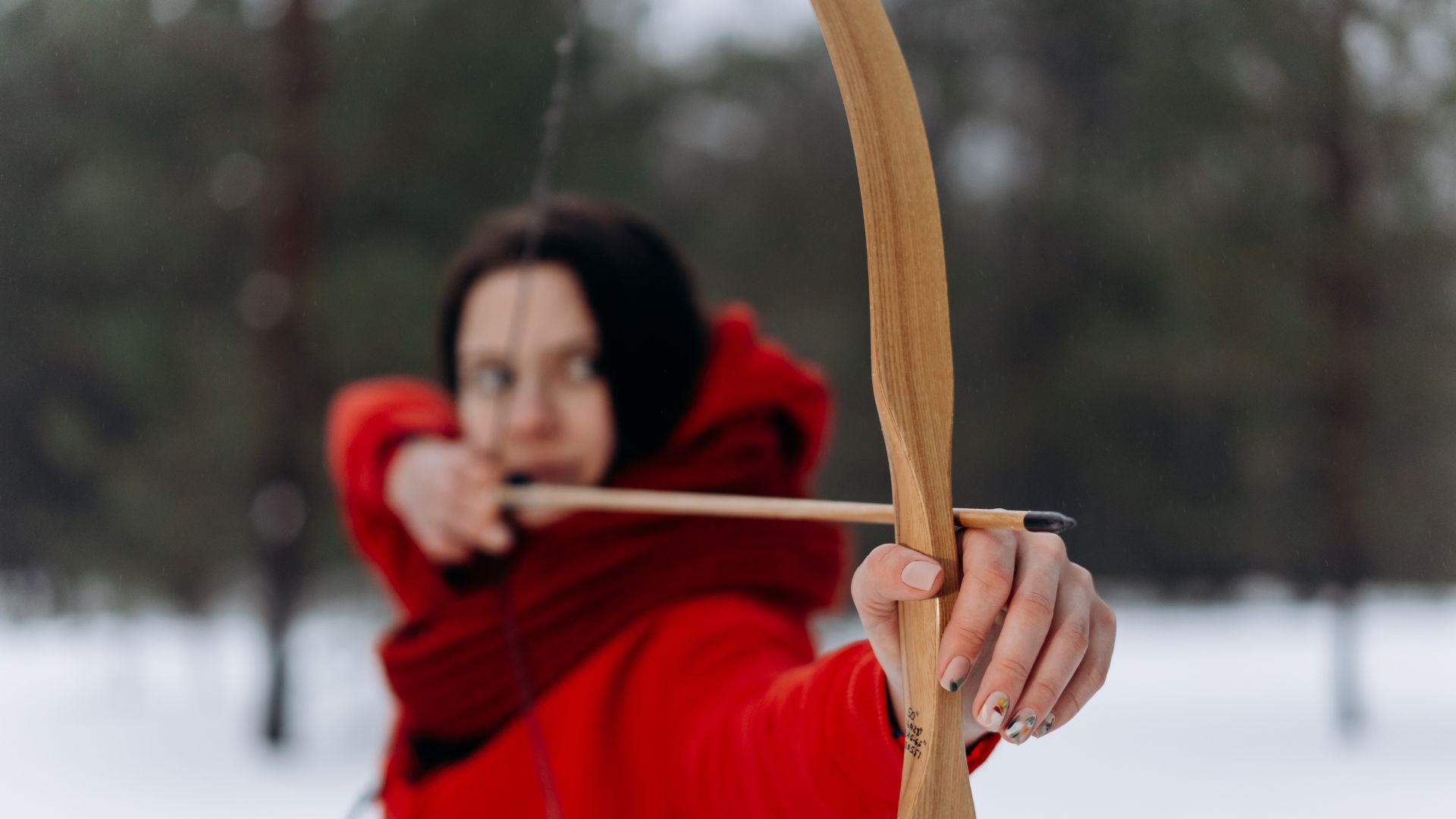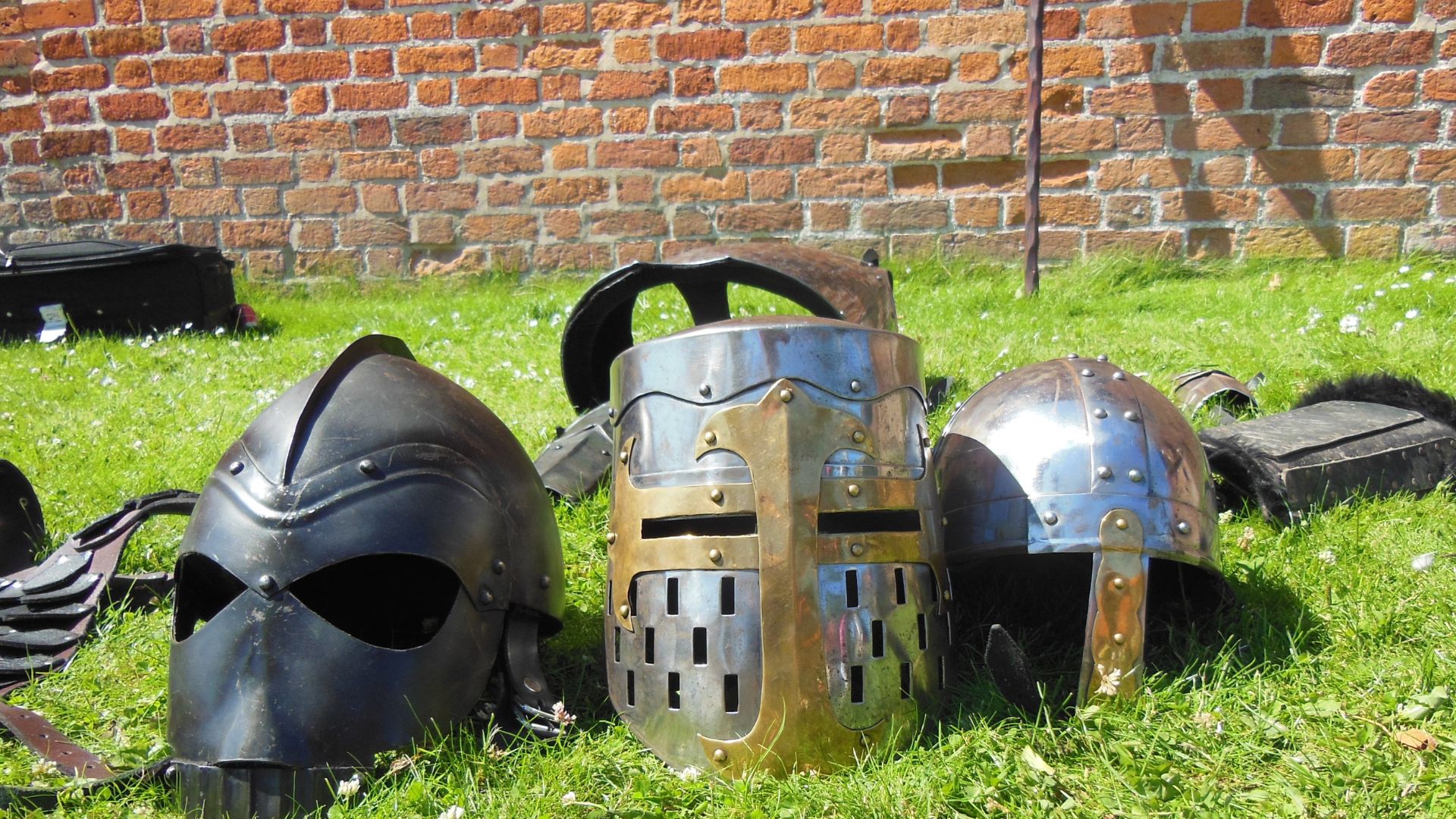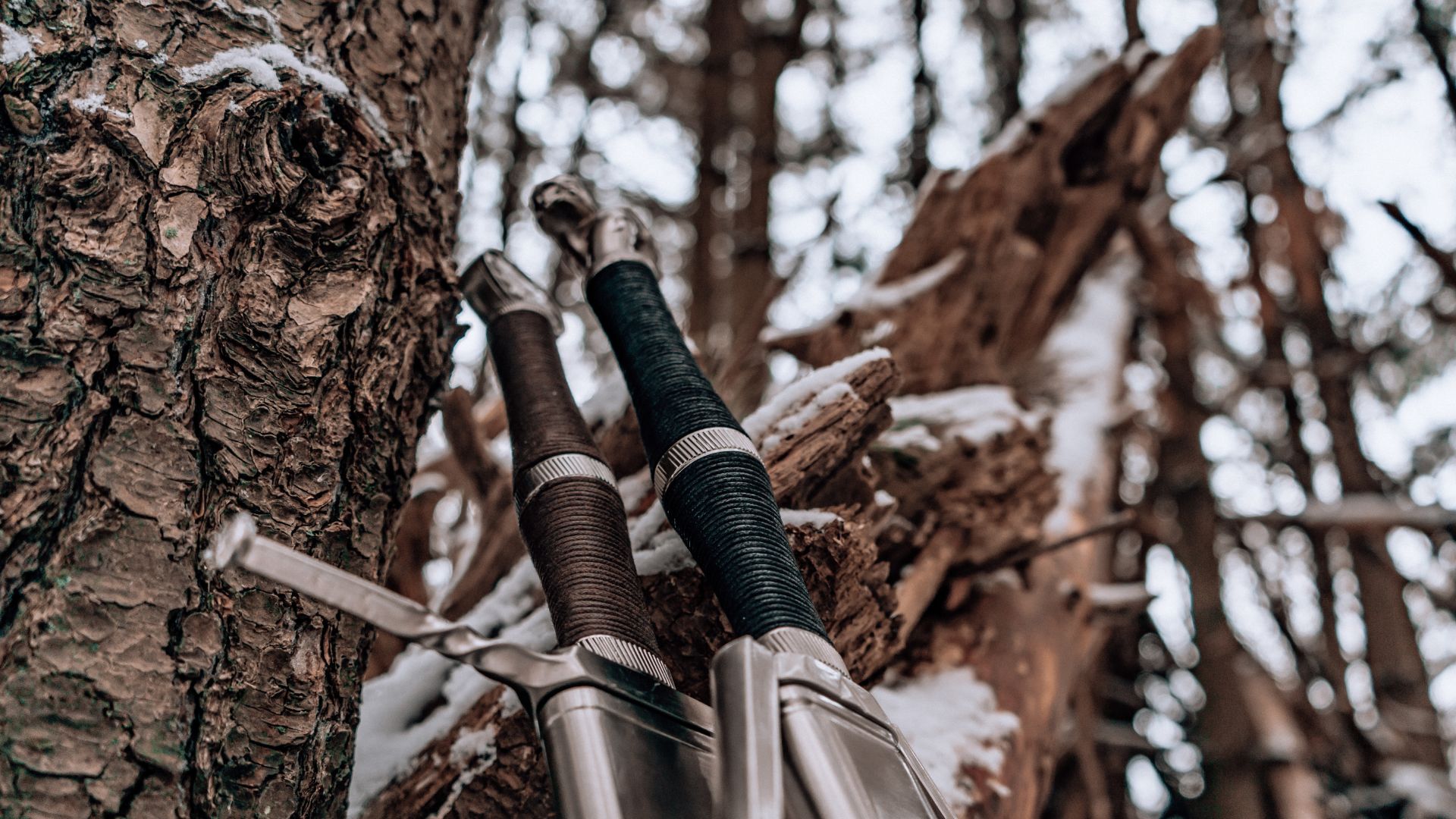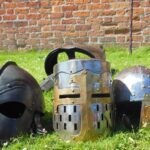Historical reenactment is a fascinating hobby that allows people to step into the past, embodying historical figures or events to bring history to life. It’s an immersive experience where participants not only wear period-accurate costumes and use period-specific props but also engage in role-playing that seeks to reflect the essence of the past. However, one of the ongoing debates within the reenactment community is the balance between historical accuracy and creative freedom. Should reenactments adhere strictly to historical facts, or is there room for artistic interpretation and storytelling?
In this article, we’ll explore the tension between these two aspects of reenactment, look at the importance of accuracy, and examine how creative freedom can enhance the reenactment experience. We’ll also offer suggestions for finding the right balance between respect for history and the desire to tell compelling stories:
- The importance of accuracy
- The role of creative freedom
- Finding the balance with Historical Reenactment
- Education and entertainment: Historical reenactment at its best
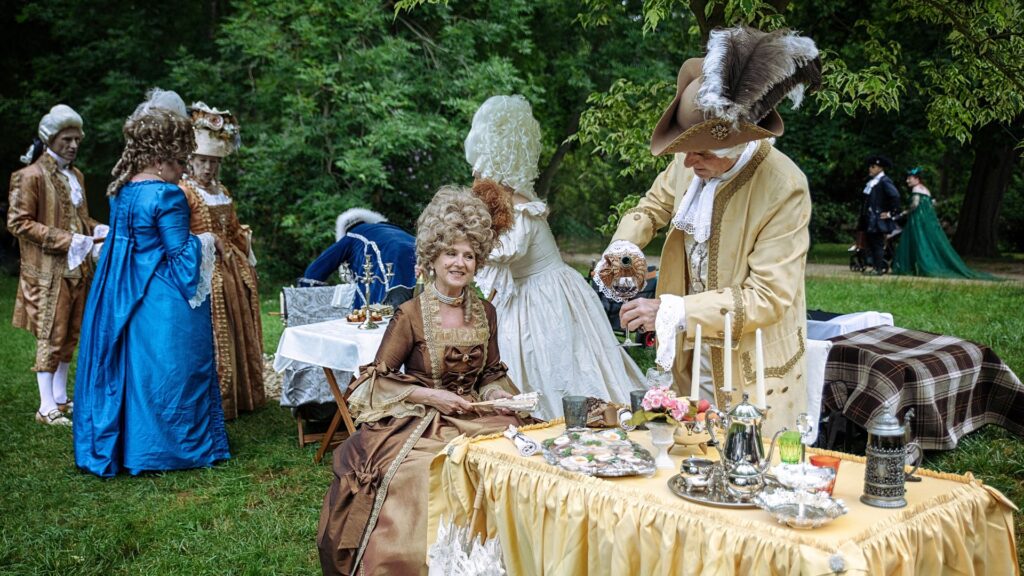
The importance of accuracy
At its core, historical reenactment is about learning from and preserving the past. Accuracy is essential because it ensures that we honour the people and events we are portraying. Staying true to historical facts is crucial for educational purposes, particularly in events that aim to inform the public and raise awareness about the historical context they represent.
Accurate reenactments help bridge the gap between textbooks and lived history. When participants dress in period-appropriate costumes, use accurate weapons, and replicate authentic battle tactics, they engage with history in a way that a documentary or lecture can’t replicate. These experiences allow participants and spectators alike to feel the weight of history – whether it’s the heavy armour of a knight, the tense atmosphere of a civil war battlefield, or the daily life of a Roman soldier.
Accuracy also honours the people who lived through these historical moments. Many reenactments focus on specific battles, like the Battle of Gettysburg or The Battle of Hastings, where real people lost their lives. Recreating these events with precision, down to the smallest detail, is a way of paying respect to their sacrifices and ensuring that future generations understand the significance of these historical moments.
For educational reenactments, accuracy is even more important. Museums and schools often use reenactments to teach history, allowing participants to experience a time period hands-on. In these cases, a commitment to historical facts ensures that students and spectators are learning something meaningful and true to the history they’re exploring.
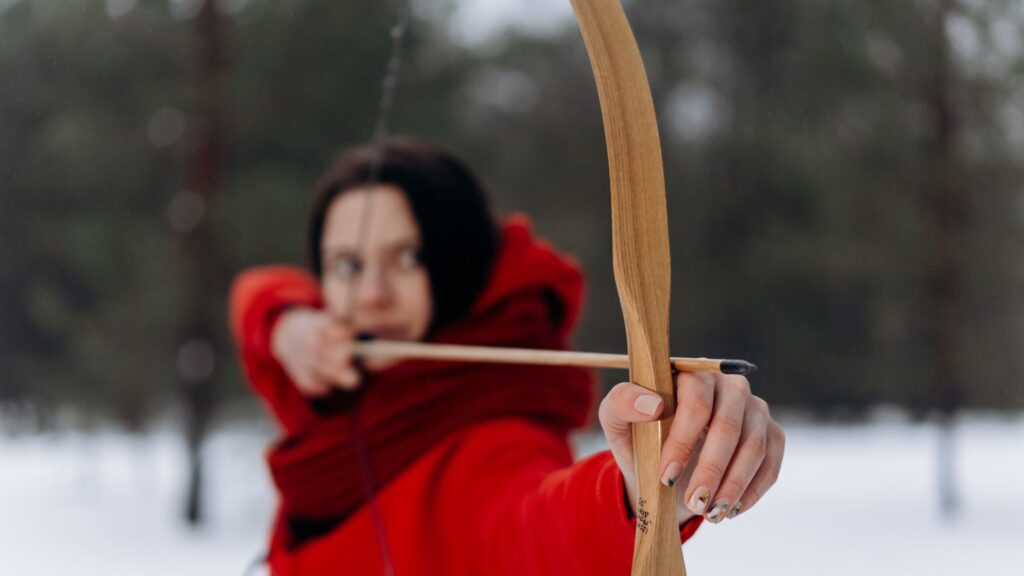
The role of creative freedom
While historical accuracy is vital, there is also a role for creative freedom in reenactments, especially when it comes to storytelling and the broader aspects of the experience. Some reenactments intentionally mix fiction with historical events, adding layers of drama or fantasy to enhance the experience. This is especially true in events that focus on storytelling rather than strict historical education.
Creative freedom allows for flexibility in character creation and plot development. For example, a reenactment of the Roman Empire might allow participants to play fictional characters, such as gladiators or senators, and explore imagined situations that didn’t necessarily happen in real life. The presence of these fictional elements adds to the narrative excitement and can help create more dynamic and engaging stories.
For many reenactors, playing a role or character is just as important as learning about the historical period. Reenactments that incorporate fictional characters or scenarios can also bring more creativity and diversity to the event. Instead of only recreating well-known historical figures and events, creative freedom allows lesser-known stories or fictional characters to shine, giving participants the opportunity to explore new perspectives on history.
“Historical reenactment is the art of blending the facts of the past with the creativity of the present, creating a space where history comes alive through both accuracy and imagination.”
In periods where historical records are scarce or unclear, creative freedom can help fill in the gaps. For example, while we know a lot about the lives of Roman emperors, the daily life of common Roman citizens may be less documented. In such cases, reenactors can use their imagination to bring the past to life in a way that honours the era but adds some creative interpretation.
Finding the balance with Historical Reenactment
So, where do we draw the line between historical accuracy and creative freedom in reenactment? The key is balance. Reenactments can and should be both historically accurate and creatively rich – one doesn’t have to exclude the other. Here are a few ways to strike that balance:
Know the purpose of the event: If the reenactment is meant to educate, it’s important to focus on historical accuracy, especially when it comes to battles, uniforms, weapons, and significant historical events. But if the goal is to entertain or explore the less-documented aspects of history, a bit of creative freedom can add depth and excitement.
Stick to the facts in key areas: Certain elements of reenactment – such as the depiction of key historical battles, military strategies, and well-known historical figures – should remain true to the facts. However, there is more flexibility in other areas, such as the depiction of everyday life, fictional characters, and personal stories that help enrich the narrative.
Respect the history, but allow room for interpretation: While historical accuracy is important, history is not always black and white. There’s often room for interpretation, especially in periods where historical records are incomplete. In these cases, use creative freedom to fill in the gaps, but always make sure it’s done respectfully, and stay true to the spirit of the era.
Engage with the audience: Reenactments are an opportunity to engage with others, so use creative freedom to make the experience more interactive and enjoyable. Whether through audience participation, improvisation, or character development, make sure your creative choices enhance the experience for everyone involved.
Education and entertainment: Historical reenactment at its best
The beauty of historical reenactment lies in its ability to blend education and entertainment, facts and creativity. While historical accuracy ensures that we honour the past and preserve important lessons, creative freedom allows for a more dynamic, personal, and engaging experience. By balancing these two elements, reenactment becomes a powerful tool for learning, connection, and storytelling.
Let’s recap what we learned in today’s article:
- Historical reenactments are valuable educational tools that preserve history, educate audiences, and honour the past by staying true to historical facts, especially in key events, battles, and figures.
- Creative freedom allows for fictional characters, scenarios, and imaginative storytelling that enhance engagement and provide more dynamic reenactments, especially in less documented historical periods.
- A balanced approach is essential, where key historical elements (such as battles and figures) remain accurate, while fictional aspects (like everyday life and character stories) can incorporate creative freedom.
- Creative elements should respect the historical context, and the reenactment should aim to entertain, educate, and engage both participants and audiences, enhancing the immersive experience without compromising historical integrity.
So, whether you’re meticulously recreating a battlefield or bringing a fictional character to life in a historical setting, remember that both history and creativity have a place in making your reenactment experience truly unforgettable. Embrace both, and let your passion for the past and imagination guide you.


